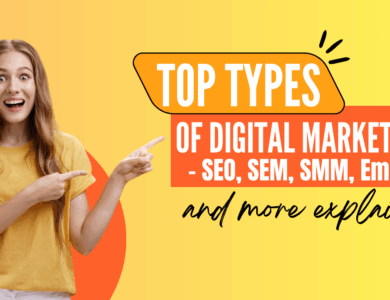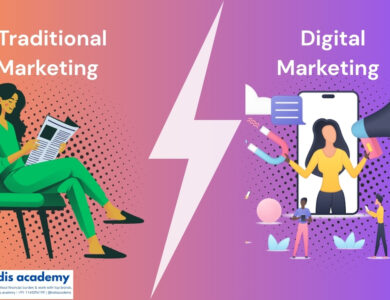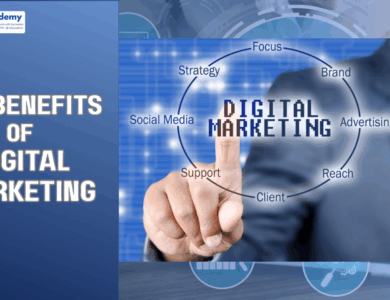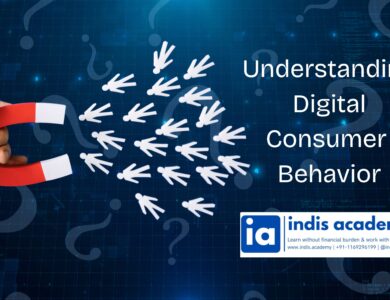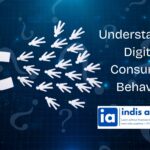The Digital Marketing Funnel Explained: TOFU, MOFU, BOFU Breakdown
Discover the digital marketing funnel—TOFU, MOFU, BOFU—explained with clear strategies to attract, engage, and convert your ideal customers effectively
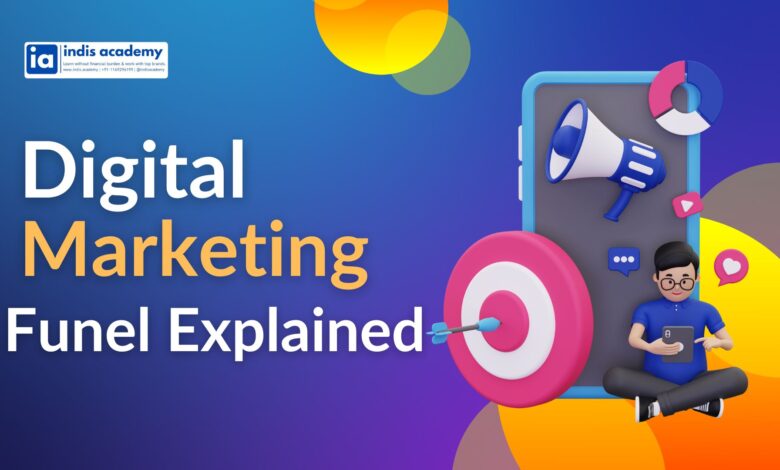
Understanding the digital marketing funnel is essential for every marketer, content creator, and business owner aiming to convert strangers into loyal customers.
While the concept of a funnel may seem simple, mastering each stage — TOFU (Top of Funnel), MOFU (Middle of Funnel), and BOFU (Bottom of Funnel) — requires strategic planning, precise targeting, and a deep understanding of buyer psychology.
Each stage represents a unique mindset, and reaching the customer effectively demands tailored messaging, platforms, and content formats.
In this comprehensive guide, we’ll break down each funnel stage, explore the intent behind it, and provide actionable strategies and examples for aligning your digital marketing approach to match the user journey from awareness to advocacy.
Also read: Top Digital Marketing Trends of 2025: AI, Automation & What’s Next
What Is the Digital Marketing Funnel?
The digital marketing funnel is a strategic model that outlines the journey a customer takes from the first interaction with your brand to becoming a paying (and ideally loyal) customer.
It serves as a roadmap for marketers to guide leads through the buying process using a combination of content, advertising, automation, and engagement tactics.
At its core, the funnel is divided into three main segments:
- TOFU (Top of the Funnel): Focuses on awareness and discovery.
- MOFU (Middle of the Funnel): Targets consideration and education.
- BOFU (Bottom of the Funnel): Drives decision-making and conversions.
Understanding this funnel allows marketers to deliver the right message at the right time, increasing both engagement and conversion rates while optimizing the overall customer experience.
TOFU: Top of Funnel – Awareness & Attraction
Objective: Capture the attention of your target audience by addressing their problems or needs without pushing for a sale. This is the stage where you’re building brand awareness and positioning yourself as a helpful resource.
Audience mindset: At this point, users are typically unaware of your brand or unsure about potential solutions. They’re beginning to explore their problems, ask questions, and conduct research.
Key Strategies:
- SEO-optimized blog posts that answer common industry questions
- YouTube tutorials and explainer videos that demonstrate how-to processes
- Educational social media content like carousels, reels, or bite-sized tips
- Lead magnets like free checklists, quizzes, or toolkits
- Webinars or awareness-stage virtual events
Best TOFU content examples:
- “Top 10 Digital Marketing Trends for 2025”
- “How to Reduce Website Bounce Rate in 5 Easy Steps”
- “The Beginner’s Guide to Building an Email List”
KPIs to track:
- Organic search traffic
- Social shares and engagement rates
- Video view duration
- Growth of email subscribers
Pro Tip: Keep the content focused on educating, entertaining, or inspiring — not selling. Your goal is to become a trusted voice in your niche.
Also read: Top Digital Marketing Trends of 2025: AI, Automation & What’s Next
MOFU: Middle of Funnel – Consideration & Engagement
Objective: Nurture the relationship and establish trust by providing deeper, value-packed content that helps leads understand how your product or service solves their problem.
Audience mindset: These prospects are aware of their problem and actively evaluating potential solutions. They’re comparing providers, reading reviews, and diving deeper into your brand’s credibility.
Key Strategies:
- In-depth comparison articles that explain the benefits and trade-offs of different solutions
- Downloadable whitepapers and ebooks that dive into complex topics
- Case studies and success stories that showcase real-world results
- Automated email nurture sequences that deliver educational content and soft CTAs
- Interactive tools or assessments (e.g., ROI calculators, quizzes)
- Webinars and live Q&As for more serious engagement
Best MOFU content examples:
- “PPC vs. SEO: Which is Better for Small Business Growth?”
- “How Our SaaS Platform Helped a Startup Increase Retention by 40%”
- “Free Marketing Budget Planning Template”
KPIs to track:
- Ebook or template downloads
- Webinar attendance rate
- Time on site and scroll depth
- Email click-through rates and lead score improvements
Pro Tip: Include light brand positioning in your content, focusing more on how your solution works than on why they should buy it — the sales pitch comes later.
BOFU: Bottom of Funnel – Decision & Conversion
Objective: Seal the deal. This is where your leads are ready to make a purchase decision, and your job is to remove any last-minute objections while emphasizing trust and value.
Audience mindset: Prospects are comparing final options. They want reassurance, proof, and a clear path to purchase. They are close to taking action but might need one final push.
Key Strategies:
- Live product demos or free trials that give hands-on experience
- Limited time offers and promotions to create urgency
- Customer success stories and testimonials with tangible results
- FAQs, pricing pages, and feature breakdowns to address final doubts
- One-on-one consultations or discovery calls for high-ticket sales
Best BOFU content examples:
- “Try Our CRM Free for 30 Days — No Credit Card Required”
- “Book a 15-Minute Strategy Session with Our Experts”
- “Here’s What 1,000 Happy Clients Are Saying About Us”
KPIs to track:
- Sales and revenue generated
- Conversion rate per offer or CTA
- Cart abandonment rate
- Cost per acquisition (CPA)
Pro Tip: Don’t underestimate the power of social proof and urgency. Buyers at BOFU need emotional reassurance that they’re making the right call.
Post-Funnel: Retention, Loyalty & Advocacy
Objective: Continue engaging your customers post-purchase to increase lifetime value, generate referrals, and turn customers into brand advocates.
Why it matters: The funnel doesn’t end at the sale. Retaining existing customers is more cost-effective than acquiring new ones, and happy customers drive organic growth through word-of-mouth.
Strategies for success:
- Onboarding emails and video tutorials to reduce churn
- Loyalty or referral programs to encourage repeat business
- Personalized offers and upsell/cross-sell campaigns
- Customer feedback surveys to improve service and retention
- Exclusive content or events for VIP or loyal customers
Metrics to track:
- Customer lifetime value (CLV)
- Repeat purchase rate
- Referral traffic and shares
- Net Promoter Score (NPS)
How to Build a Funnel-Aligned Strategy
- Customer Journey Mapping: Understand how your ideal customer moves from awareness to purchase. Use this to create relevant content and touchpoints at each phase.
- Funnel-Specific Content Planning: Map content types to each stage of the funnel. Avoid using the same asset across multiple stages without tailoring the message.
- Marketing Automation & CRM Integration: Use tools like HubSpot, Mailchimp, or ActiveCampaign to segment audiences, score leads, and trigger content workflows based on behavior.
- Regular Funnel Audits: Monitor KPIs at every stage, identify leaks (e.g., low email CTR, high cart abandonment), and iterate accordingly.
Conclusion: Master the Funnel, Master the Journey
In a crowded digital space, attention is currency — and relevancy is power. The digital marketing funnel provides the framework for guiding potential customers with precision and purpose.
By creating value-aligned content and experiences for TOFU, MOFU, and BOFU stages — and nurturing the relationship post-purchase — you don’t just earn conversions. You build loyalty, advocacy, and long-term business sustainability.
A well-executed funnel isn’t just a tactic — it’s your brand’s engine for growth.
